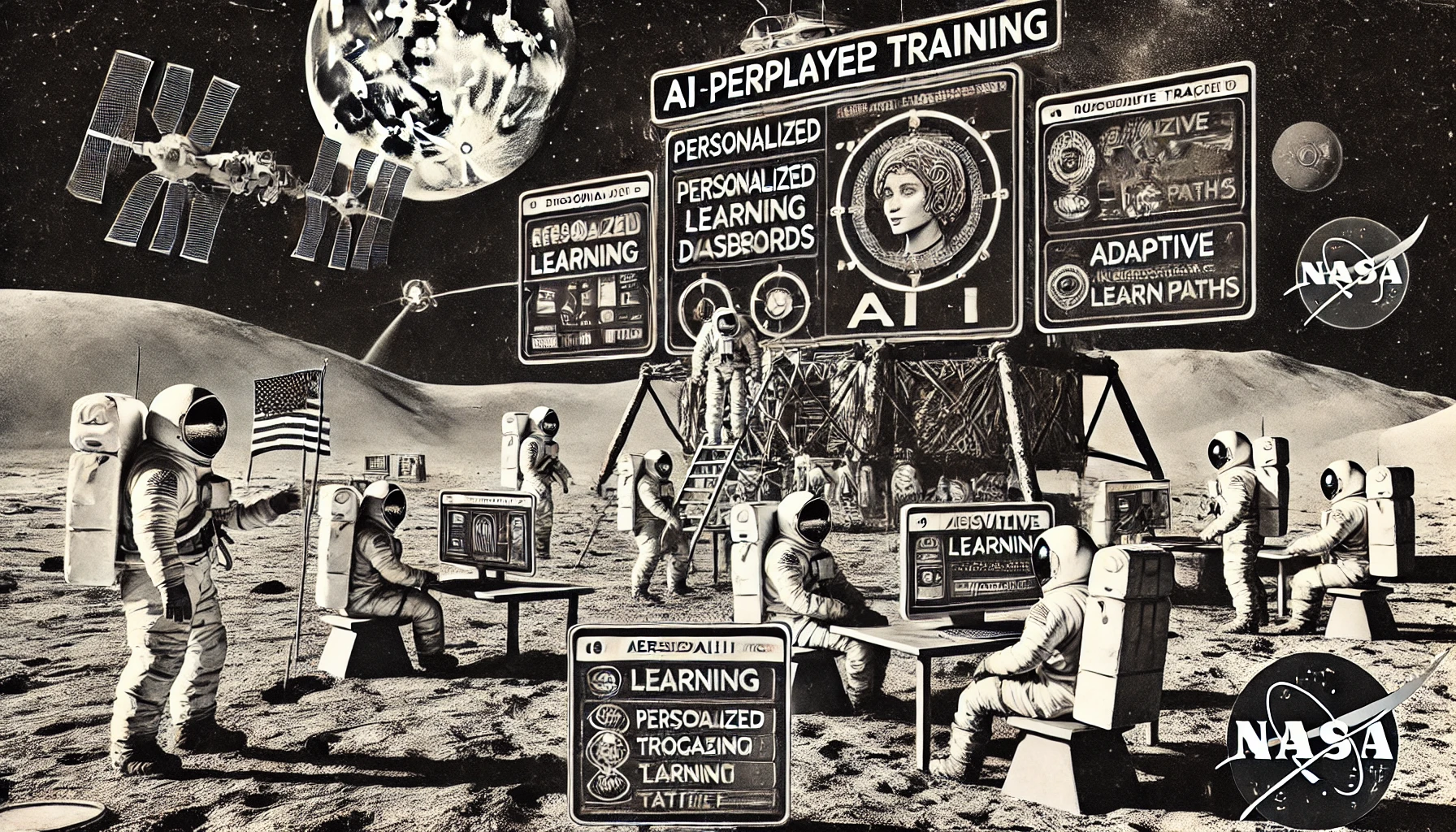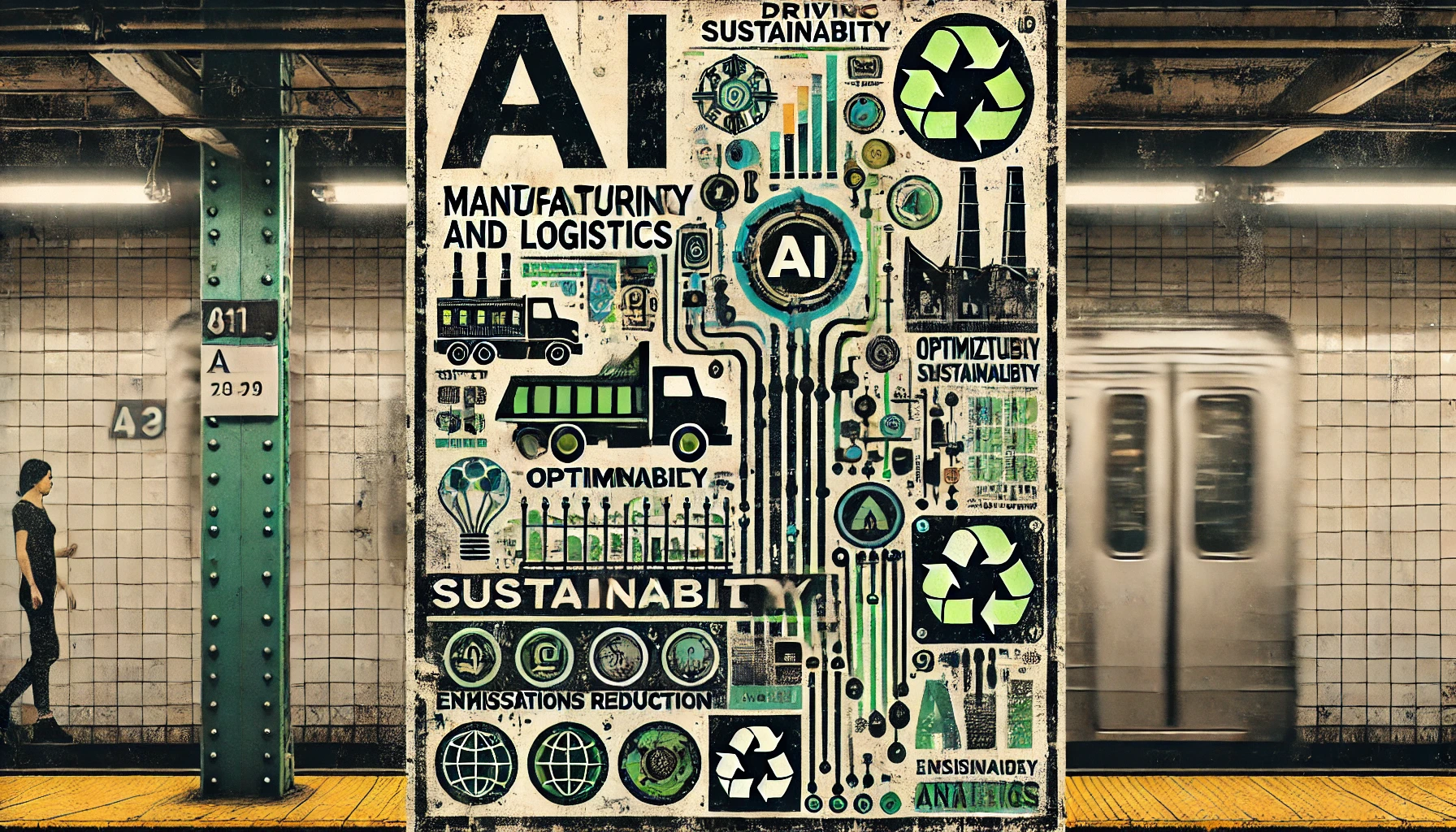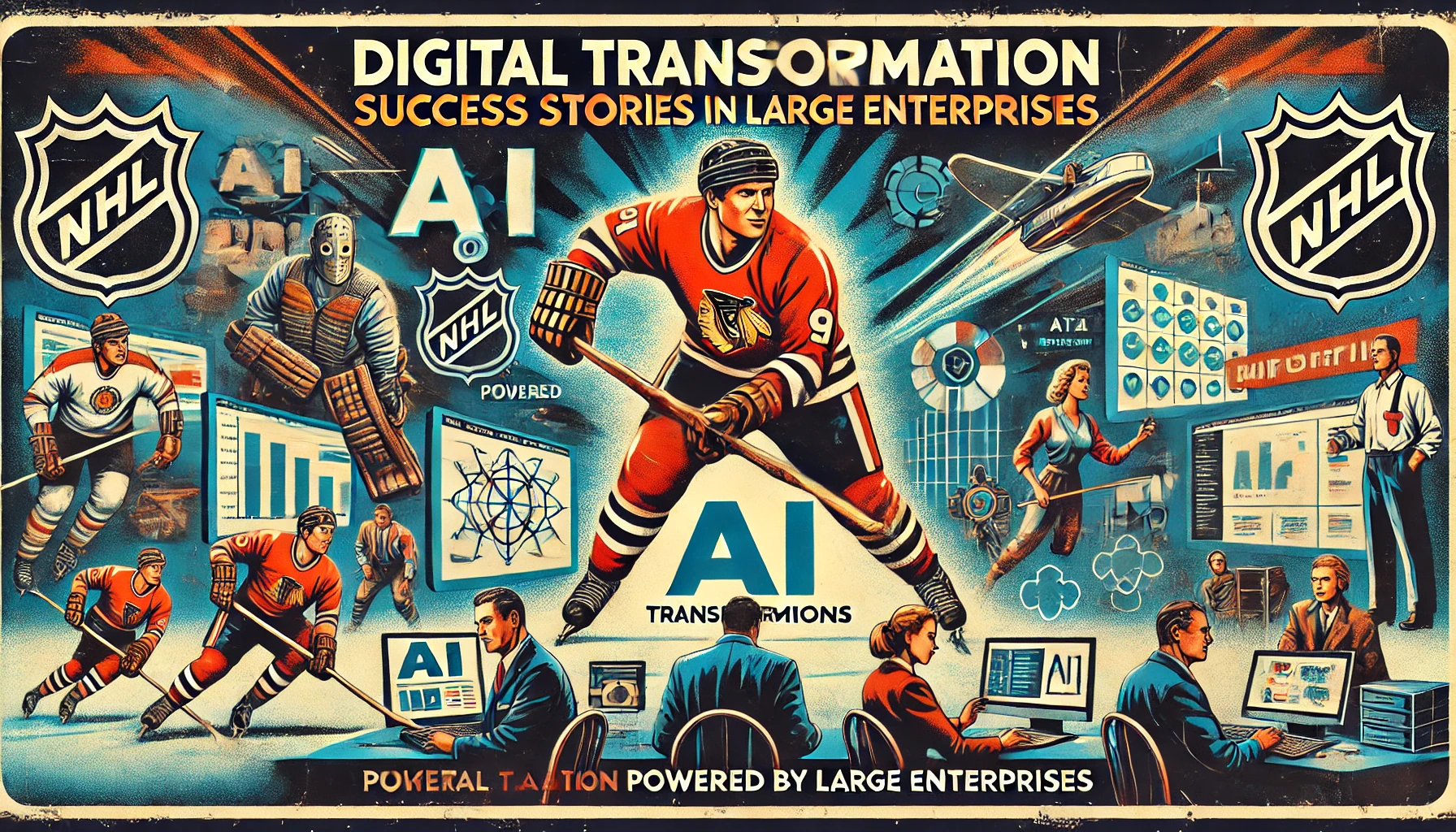Category: Digital Transformation
-

How AI OCR Can Match Documents to Your Internal Catalogs and References
Introduction: From Data Extraction to Business Understanding AI-based OCR is a powerful tool for digitizing paper documents like invoices, packing slips, delivery notes, and more. While recognizing text is a crucial first step, real business automation begins when that text is connected to meaning—especially when linked to internal data such as your product catalog, vendor…
-

AI as OCR: Automating Invoice and Document Processing with Intelligence
Introduction: Why Paper Still Matters Despite the widespread adoption of digital technologies, paper documents continue to play a significant role in business operations. Invoices, purchase orders, shipping manifests, and payment confirmations are still received in paper form—especially from partners and suppliers in industries such as logistics, manufacturing, retail, and healthcare. While scanning these documents has…
-

Caveats and Pitfalls When Using AI for Price Optimization
1. Data Quality Is a Bigger Risk Than Algorithm Choice AI pricing engines rely heavily on historical data to train demand forecasting and elasticity models. If that data contains gaps, errors, or inconsistencies—such as outdated costs, missing promo labels, or inconsistent SKUs—the resulting price recommendations may be worse than manual judgment. Example: A model trained on…
-

Optimizing Prices with AI: A Practical Playbook for Revenue Leaders
1 Why Traditional Pricing Leaves Money on the Table Pricing remains the single strongest profit lever, yet many firms still rely on “cost + margin” rules of thumb or hurried competitor matching. Three blind spots persist: Blind Spot Consequence Slow competitive reaction Market share erodes or margins vanish in knee-jerk price wars. Uniform mark-ups A flat…
-

AI for Corporate Legal Departments: Building Smarter Legal Operations
Executive Summary Corporate legal teams are under pressure to deliver fast, risk‑aware advice while controlling costs. Artificial Intelligence (AI) can relieve that pressure by automating routine analysis, surfacing institutional knowledge on demand, and standardising document workflows.This paper shows general counsel and business executives how an AI‑enabled legal function is designed, how it works day‑to‑day, and what…
-

Unlocking Data Silos: How AI Improves Data Integration and Visibility Across Departments
Data silos are the silent saboteurs of modern businesses. Locked away in departmental vaults—sales CRMs, HR systems, finance spreadsheets—valuable information sits isolated, invisible to the broader organization. This fragmentation stifles insights, slows decisions, and hampers cooperation, costing firms an estimated $3.1 trillion annually in the U.S. alone, per IDC. Artificial intelligence (AI) is emerging as…
-

AI and Employee Training: Personalized Learning Experiences at Scale
In today’s fast-evolving workplace, keeping employees skilled and adaptable is a make-or-break challenge for businesses. Traditional corporate training—think one-size-fits-all workshops or static e-learning modules—struggles to meet the diverse needs of a modern workforce. Employees crave relevance, flexibility, and pace, while companies demand efficiency and measurable growth. Artificial intelligence (AI) is stepping up to bridge this…
-

Harnessing AI for Sustainability: Reducing Environmental Impact in Manufacturing and Logistics
Sustainability isn’t just a buzzword—it’s a business imperative. With climate change accelerating and stakeholders demanding greener practices, manufacturing and logistics firms face pressure to cut their environmental footprint. These industries are resource-heavy, guzzling energy, water, and raw materials while churning out emissions and waste. Enter artificial intelligence (AI), a powerful ally that’s helping businesses optimize…

